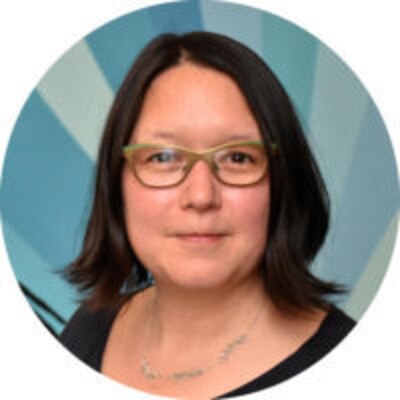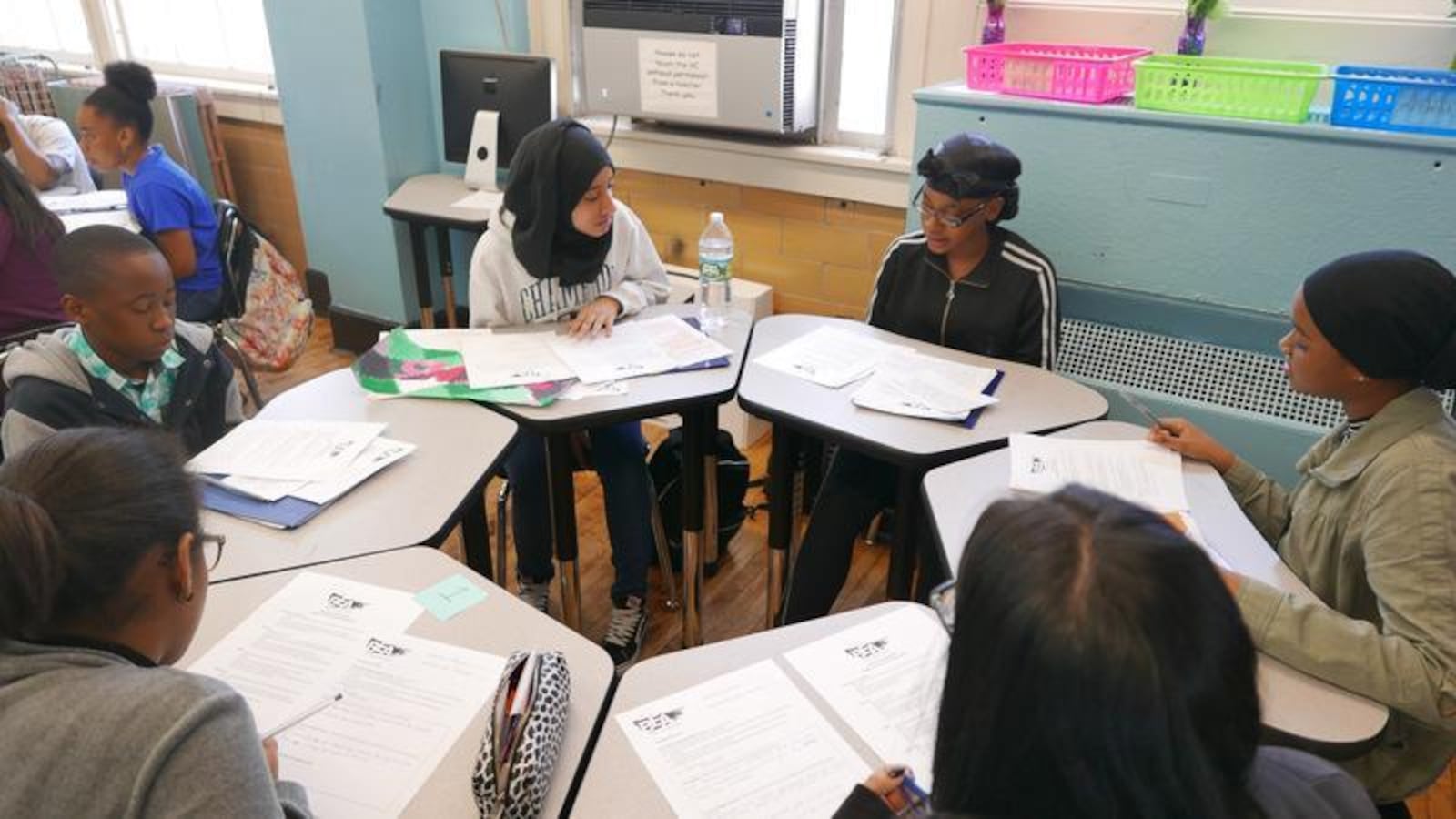When I first entered the classroom as an art teacher more than 15 years ago, I never imagined it would lead me to where I am today: a veteran principal of a vibrant high school with 400 students.

It has been a remarkable journey, and I have found such joy in working with colleagues, partner organizations, families, and students to create opportunities for our school community. But even with all of our commitment and creativity, sometimes our work comes up against bureaucracy and funding realities.
Thankfully, our arts-focused Bronx Envision Academy joined the New York City education department’s Bronx Plan last year, and the program is bringing vital new dollars to my students and my school. This plan, which is not limited to Bronx schools, is designed to tackle tough realities and persistent problems at schools that have historically been under-resourced.
Like many schools serving students with high needs, we have sometimes had a difficult time with staffing and recruitment. In New York City, we see schools in Queens and Brooklyn losing teachers to higher-paying jobs on Long Island. In the Bronx, we sometimes lose teachers to districts in Westchester County. A couple of years ago, my school lost three teachers, 10% of our teaching staff, to one small Westchester district. When that happened, we lost a lot of professional development and other work we invested in creating our collaborative teaching environment.
To tackle the challenge of recruitment and retention, the Bronx Plan delivers higher pay for some of the hardest-to-staff teaching positions. The largest expense for any school is personnel, and investing additional funds in our staff acknowledges how important their work is. It sends a strong message of support that helps to say, “This is a place where you want to be.”
At my school, we received over $75,000 for this investment in our teacher team, and 30% of teachers at Bronx Envision Academy received the differential this school year. In those license areas the Bronx Plan targets — math, some science specialties, English as a New Language, and bilingual education — not a single teacher left our school between last academic year and this one, a marked difference from some of the previous years.
We were able to hire an additional teacher, and we strengthened our existing teams, such as our hiring committee and our Instructional Leadership Team. Being part of the plan also allowed us to make advancements to our literacy intervention programs and extracurricular clubs, through a micro-grant of $25,000.
Our Bronx Plan team decided to align our work to our instructional focus on literacy. As part of this work, we started new literacy interventions for ninth and tenth graders. We have been able to administer more reading assessments, expand small group instruction and introduce phonics work for our most struggling readers. This has been absolutely crucial for our school community. Our teachers are interested in more professional development and support when it comes to literacy, because everyone is teaching literacy, whether they are teaching ballet, visual art, physical education or science. And as an unscreened school, we serve students of all reading abilities. There are those who read on a college level and those who read on a second-grade level.
The Bronx Plan also made possible concrete physical improvements that support our work, from much-needed rewiring of our 1930s school building to the creation of a dedicated literacy room, where we could get students with lagging reading skills to engage in deeper learning. Bronx Plan funding enabled us to re-imagine a storage room as an inviting space for this work to be done. This was not a terribly costly project, but in nine years as a principal, I have encountered many roadblocks working across divisions with limited resources and time. The Bronx Plan allowed us to break through the bureaucracy to get this project done.
We also needed this space to be the coolest room in the school. In addition to being a space for literacy intervention, it is home to our after-school Elite Productions DJ club. They had operated out of a classroom closet for years — even though they could fill a stadium with their energy and imagination as they create music, videos, and community. Now, thanks to extra help from the Bronx Plan, along with founding alumni, who volunteered their time to help repaint, organize, and set up the space with the club advisor, a storage closet has become an inspiring new studio and community space.
Our students are incredible and deserve the best we can offer. I am always grateful when we can find the resources we need to sustain and build our programs. Students at Bronx Envision come from many different countries and from more than 50 middle schools, which is remarkable considering we enroll about 100 students per grade.
This is my ninth year as a principal here, and every year, I ask more of my wonderful team. Being part of the Bronx Plan has allowed us to inject new energy into our work. Instead of stretching people thin, I can seek their input on how to invest new resources in our school.
Crucially, the Bronx Plan has not labeled our school as “struggling.” Instead, it has provided support for our priorities and the initiatives we know will strengthen our school community.
We are still learning about the plan and how it can help us. But I have seen powerful changes take hold in our school and our students — and this is only the beginning.
Here’s my message to my fellow principals: Whether you are in the Bronx or beyond, if you have the chance to apply this year, perhaps it can be the beginning of a great journey for your school, too.
Emily Shu is founding principal of Bronx Envision Academy.
About our First Person series:
First Person is where Chalkbeat features personal essays by educators, students, parents, and others trying to improve public education. Read our submission guidelines here.


